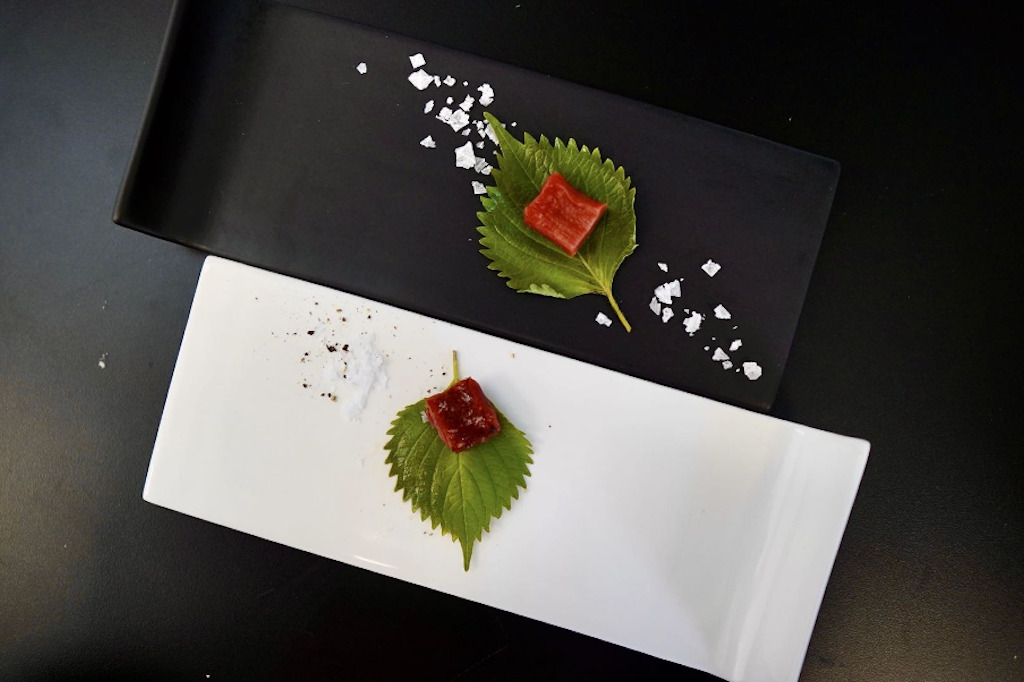Shanghai-based food tech start-upCellXhas raised $4.3 million in its second round of funding, having recently debuted its 3D printed cell-based pork meat at a tasting event.
The funding round was led by Beijing-based venture capital firmZhenFundand included participation from the likes ofLever VC, Better Bite Ventures,Sky9 Capital, andK2VC.
The new funds will be used to fuel the company’s research and development operations as it looks to become the first homegrown start-up to commercialize cultivated meat in China. CellX will also look to expand its team with new hires, and form scientific partnerships with various institutions to advance its 3D bioprinting technology.

The burgeoning market for 3D printed meat
While 3D printed cell-based meat is yet to be commercialized in China, elsewhere in the world this is starting to become a reality as the demand for alt-meat offerings continues to grow.
Earlier this year, Israel-based food 3D printing firmRedefine Meatlaunched itsfirst series of ‘New-Meat’ productsto selected restaurants and hotels in Israel, consisting of plant-based burgers, sausages, kebabs, and other alt-meat offerings. The range is planned to be extended to Europe later this year, and to the US and Asia in 2022. Redefine Meat holds ambitions of becoming the“world’s largest alt-meat company”by the end of the decade, and has grown rapidly since its founding.
Elsewhere, fellow Israeli food tech start-upMeaTechhas revealedplans to enter chicken fat productionnext year, havingacquired cultured fat products developer Peace of Meatin December last year. The company is also looking to scale the bioprinting of pork cells, having successfully 3D printed anedible cultured beef fat structurelast year.
Most recently, 3D printing food companySavorEatpartnered with global hospitality firmSodexoto carry out apilot of its Robot chef food 3D printerat select US universities, with the goal of commercializing its 3D printing technology and products to eventually secure distribution agreements for the US market.

CellX’s 3D printed pork
According to the United Nations Food and Agriculture Organization, the carbon emissions of animal husbandry account for around 14.5 percent of global carbon emissions. With cell-based meat products and technologies making it possible to skip the feeding and slaughtering of animals during the production process, ethical, environmental, and financial benefits can be gleaned from the development and commercialization of lab-grown meat.
CellX was founded last year by a science-led team, and is reportedly one of just a handful of companies in China working on developing cultured meat directly from animal cells. The company’s team of 25 scientists is currently working on the development of the firm’s 3D bio-printed cultured meat structures and scaffolding prototypes, which itrecently unveiledat a tasting event.
The pork samples were created using a combination of tissue engineering and 3D bioprinting technologies. The process works by harvesting cells from China’s native black pig and 3D bioprinting them into pork structures with the taste and mouthfeel of animal meat.
During the tasting event, the samples were tried by investors and leading players within the alt-protein market.
In addition to its cell-based pork products, CellX is also looking to expand its tissue engineering and bioprinting processes to develop cultured fish, in light of Asia-Pacific consumers being predicted to drive nearly 75 percent of the projected rise in seafood demand in the coming years.

Next steps for CellX
For now, CellX’s focus is centered on the Chinese market, where food security is unsettled in light of the effects of the Covid-19 pandemic and rising livestock diseases, such as African swine fever.
While discussions are happening around the potential of lab-grown meats to bolster the country’s food resilience, China is yet to approve the sale of cultured meat. As such, CellX will need to navigate hurdles such as regulation and consumer acceptance as it looks to commercialize its 3D printed meat offerings.
So far, the CellX team has reduced the cost of its 3D bioprinting technology by five times, and plans to reduce it by 10 times next year. By 2025, the company hopes to achieve costs that are competitive with animal meat in order to make commercialization a reality.
Subscribe to the3D Printing Industry newsletterfor the latest news in additive manufacturing. You can also stay connected by following us onTwitter和喜欢我们Facebook。
Be sure to subscribe to the Another Dimension podcast on your chosen podcast player to make sure you never miss an episode.
Looking for a career in additive manufacturing? Visit3D Printing Jobsfor a selection of roles in the industry.
Featured image showsCellX’s 3D printed cell-based pork meat. Photo via CellX.



